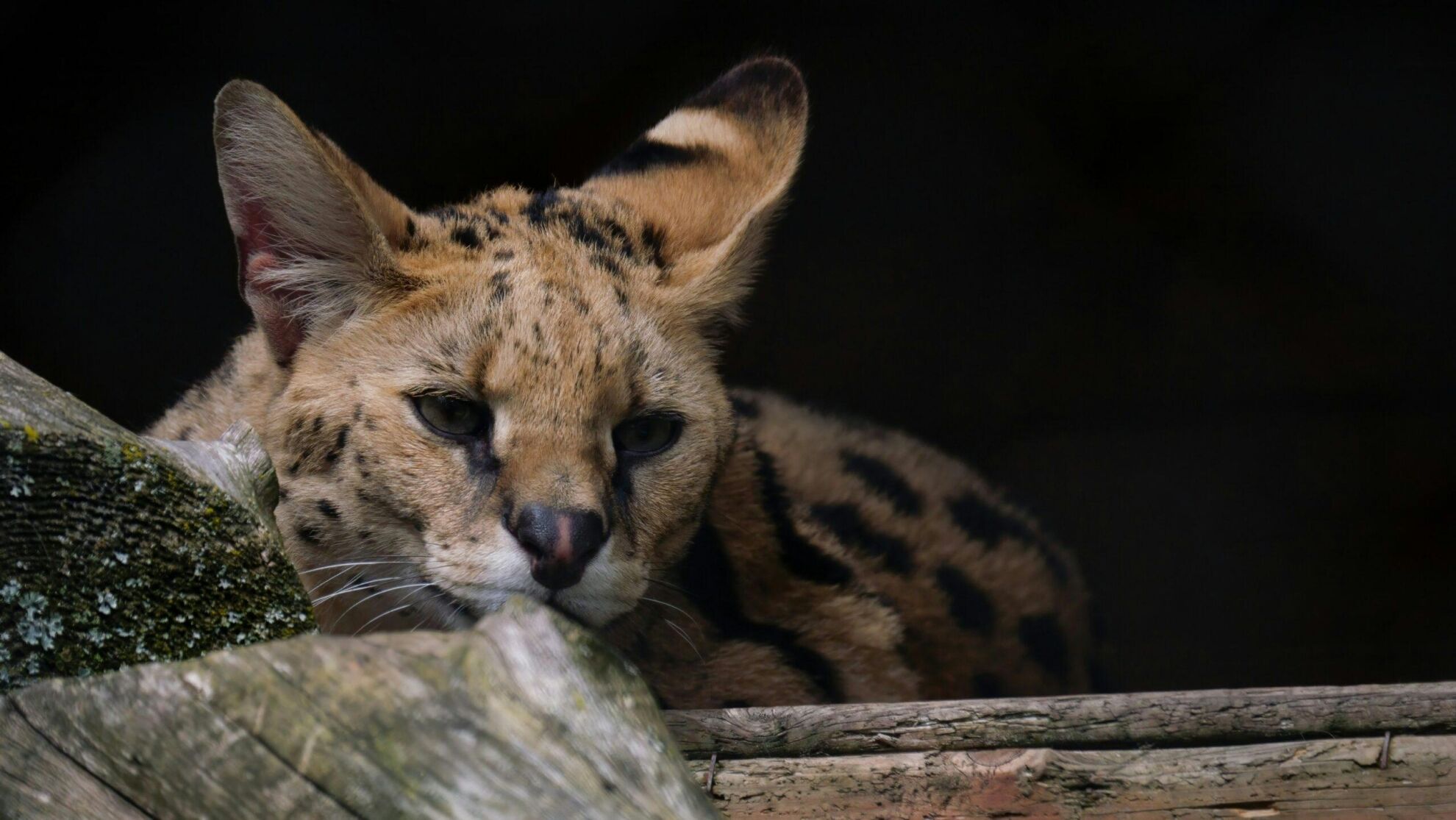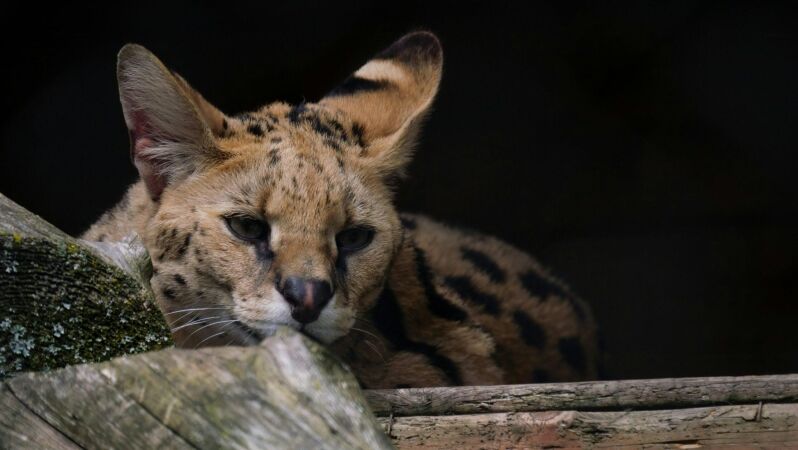

After what seems like a lifetime, broken down into the days, weeks, and months you have spent preparing for your African hunting adventure, you will be disappointed to know there are still challenges that could ruin your hunting safari. Firstly, you could miss your inbound flight. Secondly, you could get the placement of your African cat wrong, leading to extreme misery and depression, with the nights following this becoming exceedingly dark and dreary. Nightmares? Yep, recurring ones!
Countless hours before departure on your African safari are spent at the range, doing load development, and ensuring your gear is ready to go. There may be some game hunting enthusiasts who, like me, have no choice but to squeeze in a few miles walking around trying to get the old and weary joints into working condition, but hunting as a contributing factor to conservation keeps us going!
In preparation for the African hunting safari, the hunter may even have acquired the most expensive rifle and scope combination on the market, shooting only the best bullets. This will not help if the shot placement on the African cat is incorrect. African cats come in different shapes and sizes, with differing methods and conditions when hunting these unique animals.
When hunting African cats, pre-safari research is critical and strongly advised. It would be time very well spent studying research material on cat anatomy, behavior, and shot placement. Not only are these African cats dangerous, but they are smart and elusive, setting the tone for a challenging African safari. While attempting the perfect shot, the hunter will contend with additional factors such as weather, lighting, and visibility.
Unlike many African antelopes, an African cat’s heart and lungs sit further back in the body. The hunter will always need to envisage where these vital organs are within the cat.
African cats tend to present a variety of body positions. For example, a leopard or lion may reach up to grab bait when the hunters attempts the shot. This would change the position of the vital organs. African cats don’t always present the game hunter with a perfect broadside shot, but the hunter needs to know where the vital organs are, irrespective of the cat’s position.
As an ethical game hunter, whether the target species is African plains game, dangerous game, or specialty game, this shot placement should always be the first choice. This rule does not apply should the hunter be charged by an elephant, hippo, or Cape buffalo! Only a direct shot to the brain will stop these animals at a short distance between the hunter and the animal.
The size of the heart and lungs of an African cat is a bigger target than the neck or brain. It is no surprise that your professional hunter will recommend this shot.
Should the hunter be fortunate enough to be presented with a broadside shot on the African cat, shot placement will be directly behind the front leg at the elbow. This will ensure the heart and lungs are hit, causing the trophy African cat to expire quickly.
Should the African cat face the hunter, shot placement will be where the neck joins the body in the center of the chest.
If the hunter finds the African cat positioned quartering away or towards the end of the rifle barrel, he will have to shift aim to just in front of the foreleg or further behind the foreleg, depending on the angle.
When on an African hunting adventure, the African cat may be facing away from you. In this instance, shot placement would be where the root of the tail joins the body. This is not a shot your professional hunter will suggest you take due to a small target and the associated risk. If the professional hunter on my game hunting safari made this recommendation, I would find a new outfitter!
A direct shot to the brain or severing the vertebrae in the neck of the African cat will most certainly inflict fatal damage. The brain is a much smaller target than the heart and lungs and is protected by bone (even if not that strong), and a direct hit will require precision shooting. Unless the African cat is facing towards you, every other head position makes a brain shot extremely difficult.
When it comes to the brain as the choice of shot placement, the bullet will inflict major damage and, as such, potentially ruin the African hunting trophy.
Taking a neck shot on an African cat is also very risky as the target area is small and surrounded by muscle and sinew. Missing this target is a non-fatal shot, leaving a very annoyed African cat! The hunter will more than likely lose his trophy cat, which will die a slow death due to infection, dehydration, and so forth.
African cats are soft-skinned, have light bone structures, and are sensitive to hydrostatic shock.
What does this mean? It means that when planning your game hunting safari, pack a rifle that shoots a higher velocity bullet compared to a bigger caliber, slower bullet. Adjust the rifle’s caliber to the size of the African cat. You do not need to use a 300 win-mag to shoot an African wild cat when a .22 will suffice.
Should the first shot placement be poor, a dangerous cat, like a lion or leopard, will generally be followed up with a large caliber rifle such as a 500 Jeffrey, .458, or double rifle with plenty of stopping power.
On your African game hunting safari, ensure that the first shot counts with perfect shot placement on your African cat, resulting in a swift and humane death and sacrifice.